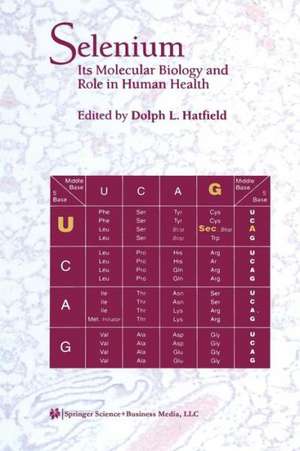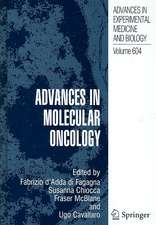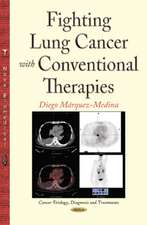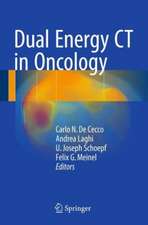Selenium: Its Molecular Biology and Role in Human Health
Editat de Dolph L. Hatfielden Limba Engleză Paperback – 24 oct 2012
Preț: 371.83 lei
Preț vechi: 391.40 lei
-5% Nou
Puncte Express: 558
Preț estimativ în valută:
71.16€ • 74.02$ • 58.75£
71.16€ • 74.02$ • 58.75£
Carte tipărită la comandă
Livrare economică 14-28 aprilie
Preluare comenzi: 021 569.72.76
Specificații
ISBN-13: 9781461356394
ISBN-10: 1461356393
Pagini: 352
Ilustrații: XIX, 326 p.
Dimensiuni: 155 x 235 x 18 mm
Greutate: 0.49 kg
Ediția:Softcover reprint of the original 1st ed. 2001
Editura: Springer Us
Colecția Springer
Locul publicării:New York, NY, United States
ISBN-10: 1461356393
Pagini: 352
Ilustrații: XIX, 326 p.
Dimensiuni: 155 x 235 x 18 mm
Greutate: 0.49 kg
Ediția:Softcover reprint of the original 1st ed. 2001
Editura: Springer Us
Colecția Springer
Locul publicării:New York, NY, United States
Public țintă
ResearchCuprins
1 Introduction.- I. Biosynthesis of selenocysteine and its incorporation into protein.- 2 Selenium metabolism in bacteria.- 3 Mammalian selenocysteine tRNA.- 4 Selenophosphate — selenium donor for protein and tRNA.- 5 SECIS elements.- 6 SECIS binding proteins.- 7 Towards a mechanism for selenocysteine incorporation in eukaryotes.- 8 Regulation of selenoprotein expression.- II. Selenium-containing proteins.- 9 Identity, evolution and function of selenoproteins and selenoprotein genes.- 10 Bacterial selenoenzymes and mechanisms of action.- 11 Selenoprotein P.- 12 Selenoprotein W: A muscle protein in search of a function.- 13 The 15 kDa selenoprotein (Sep15): functional studies and a role in cancer etiology.- 14 Selenoproteins of the glutathione system.- 15 Selenoproteins of the thioredoxin system.- 16 Selenium, deiodinases and endocrine function.- III. Selenium and human health.- 17 Selenium as a cancer preventive agent.- 18 Selenium deficiency and human disease.- 19 Selenium as an antiviral agent.- 20 Role of selenium in HIV/AIDS.- 21 Effects of selenium on immunity and aging.- 22 Selenium and male reproduction.- 23 Role of low molecular weight, selenium-containing compounds in human health.- 24 Evolution of human dietary standards for selenium.- 25 Selenium in biology and human health: controversies and perspectives.










